Iron phosphate (FePO4) is an alternative material that is gaining popularity in battery production due to its numerous advantages over traditional cathode materials. One area where iron phosphate has significant impact is on battery life cycle and sustainability. Here are some of the key factors to consider:
Cycle life: Iron phosphate has excellent cycle life compared to other cathode materials. This means that it can be charged and discharged repeatedly without significant degradation of its performance. The long cycle life of iron phosphate makes it an attractive choice for applications that require long-lasting batteries, such as electric vehicles and grid storage systems. This, in turn, contributes to the overall sustainability of the battery as it reduces the need for frequent replacement and disposal.
Environmental sustainability: Iron phosphate is considered an environmentally sustainable material for battery production. Unlike other cathode materials, iron phosphate does not contain toxic and rare metals like cobalt, nickel, and manganese, which have negative environmental impacts associated with their extraction and disposal. Furthermore, iron phosphate production is less energy-intensive and has a lower carbon footprint, resulting in a more sustainable battery.
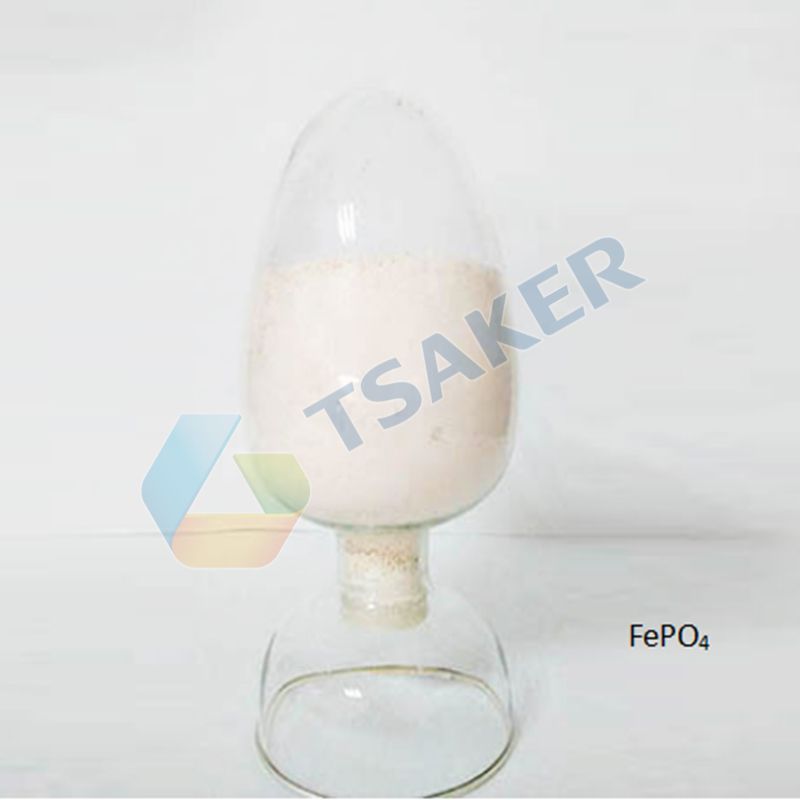
Resource availability: Iron is an abundant and widely available element, making iron phosphate a more sustainable and cost-effective alternative to other cathode materials that require rare metals. This is important from a resource management perspective, as demand for batteries continues to grow.
Further reading:ChemicalsWhat is hydroxyethyl cellulose used for?What is RDP Powder Used For?What is sodium acetate trihydrate used for?What is the function of KCl fertilizer?What is manganese sulphate fertilizer used for?What does anti corrosion primer do?Safety: Iron phosphate is considered to be a safe material for use in batteries. It has a lower risk of thermal runaway, which is a safety concern with other cathode materials. A lower risk of thermal runaway contributes to the overall safety and sustainability of the battery, reducing the risk of accidents and improving its long-term reliability.
Performance: While the theoretical capacity of iron phosphate is lower than some traditional cathode materials, it still has a high energy density, providing comparable performance. Furthermore, ongoing research is focused on improving the conductivity of iron phosphate-based batteries, which has the potential to improve their overall performance.
Recycling: Iron phosphate-based batteries can be easily recycled, contributing to their overall sustainability. Iron can be easily extracted and reused in other applications, reducing the demand for new materials and contributing to a circular economy.
In conclusion, iron phosphate has a significant impact on battery life cycle and sustainability due to its numerous advantages over traditional cathode materials. As demand for sustainable and long-lasting batteries continues to grow, iron phosphate is likely to play an increasingly important role in meeting this demand.
Explore more:Xylitol vs. Erythritol, What Are You Concerned about?How long does spray adhesive last?Iodo-1-P-Tolyl-Propan-1-One: A Versatile Chemical CompoundSodium Bicarbonate for Pools: Why You Should Put It in Your Swimming Pool?THE POWER OF VITAMIN C: A COMPREHENSIVE GUIDE TO ITS BENEFITSWhat is thymol crystals?What is zinc sulfate monohydrate used for?




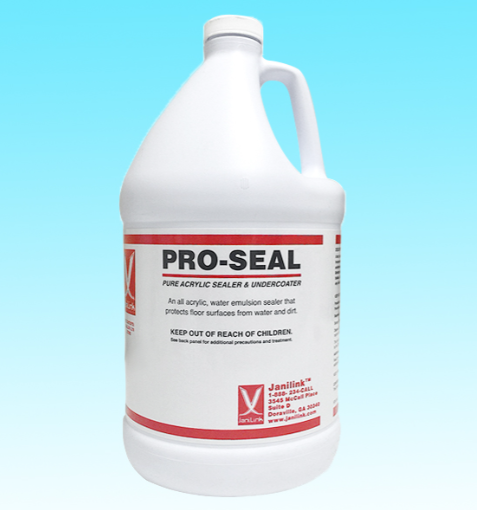
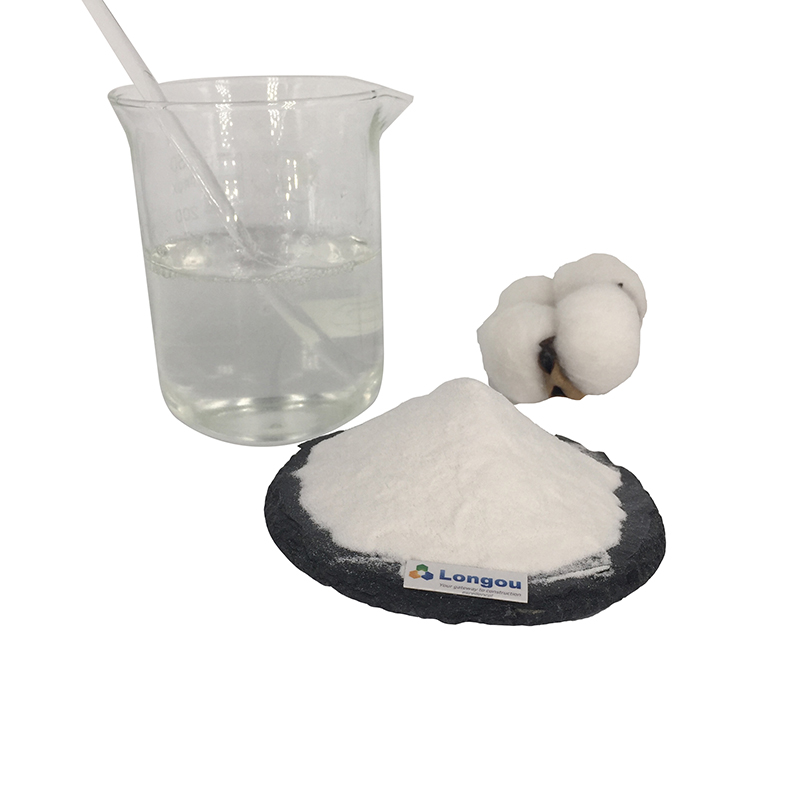
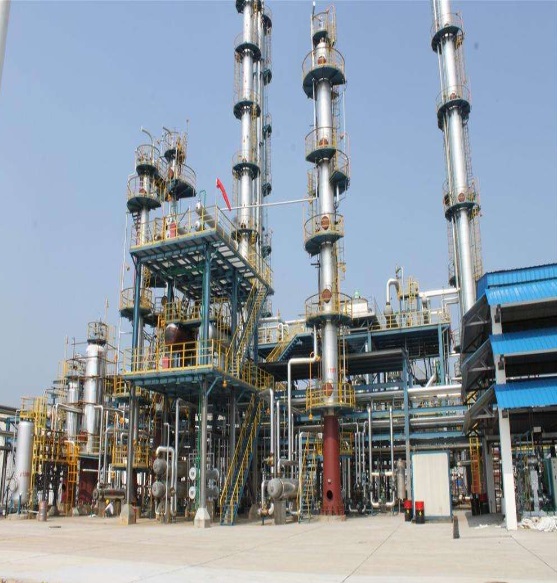
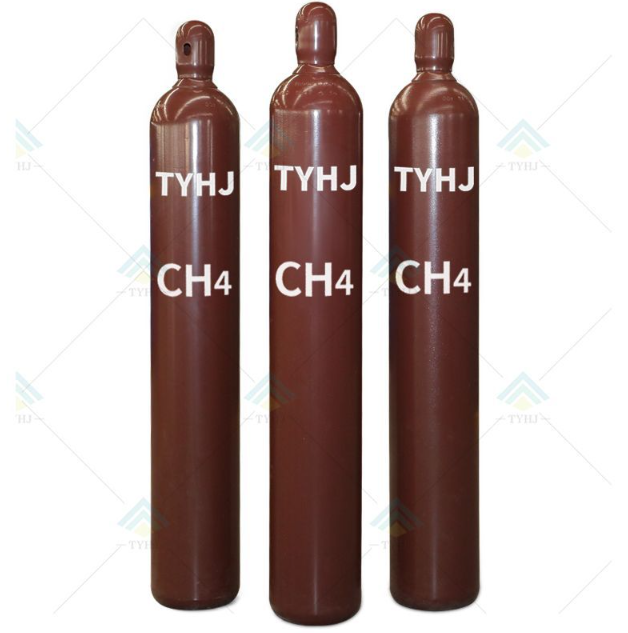

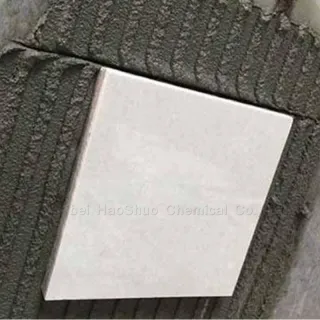


Comments
Please Join Us to post.
0